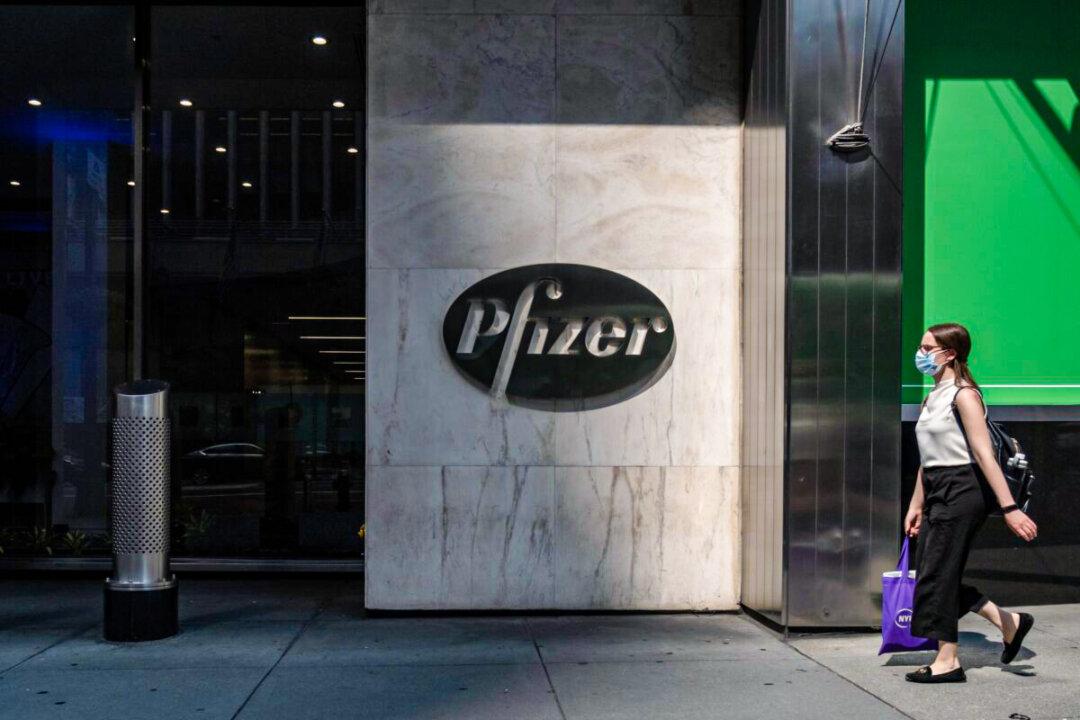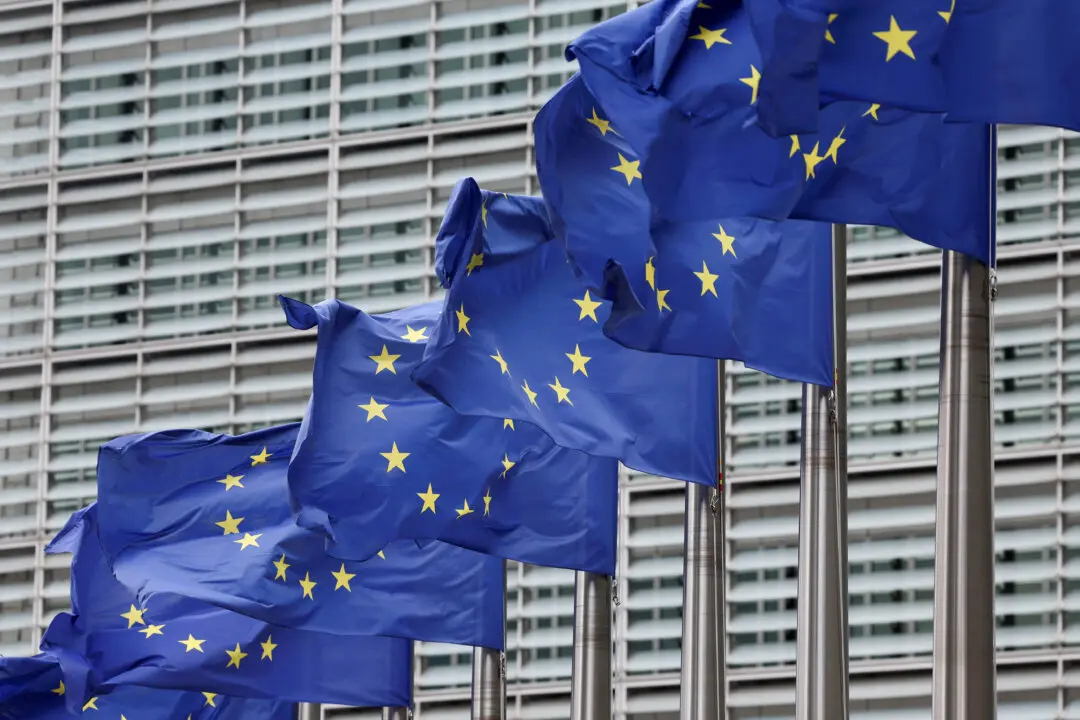The five largest pharmaceutical companies in the United States netted approximately $81.9 billion last year, according to a new report by Accountable.us, a non-profit organization that documents the activities of special interest groups.
Accountable.us compiled Securities and Exchanges Commission (SEC) filings and other financial disclosures from Pfizer, Johnson & Johnson, Merck, AbbVie and Eli Lilly. All together, these five companies increased their earnings in 2022 by more than $8.8 billion over 2021 levels.





